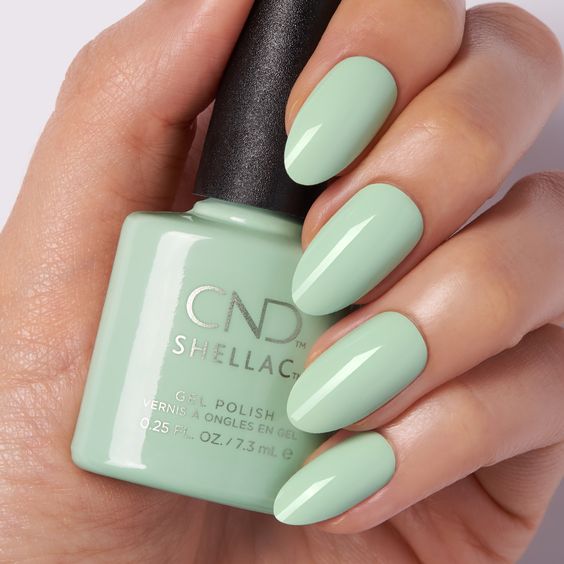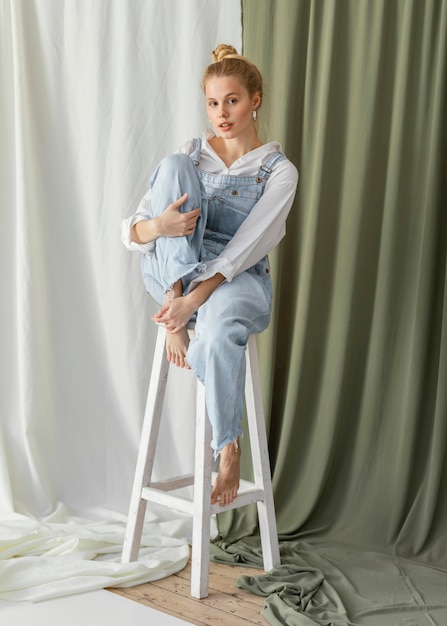Fashionable from 1908 to 1920, the pipe-shape gave the wearer a slender and straight shape, a reaction to the earlier exaggerated shapes of the s-curve. The pipe-stem aimed for an overall straight look, as opposed to the pipe-stem waist of the hourglass corset.
During the 1920’s, the corset fell from favour, in America and Europe, to be replaced by girdles and elasticised brassieres. Initially regarded as lingerie, the corset is now regarded as outerwear amongst devotees of the fetish, BDSM and goth subcultures.
With the late 1940’s and early 1950’s came the New Look created by Christian Dior and it’s hourglass figure. This saw a revival of the corset in the form of the ‘waist cincher, but because of its haute couture nature, most women continued to use girdles. The revival was short-lived, the New Look giving way to less dramatic shapes.
The corset has experienced several periodic revivals since the 1980’s, influenced by haute couture and trickling down to mainstream style. Seen as a pastiche of former ages, the corset has often become in this sense outer rather than underwear. Notable was the revival of 2001, when the fashion collections of the day coincided with the release of the successful film Moulin Rouge! And its evocative use of corsetry. Kylie Minogue placed corsets firmly on the world stage when she wore one on her 2005 tour.
Whilst many corsets sold today may look like corsets, even featuring lacing and boning to mimic earlier style, they have little effect on the body. Please be assured that this is not the case with the genuine Vollers corsets that we stock.

